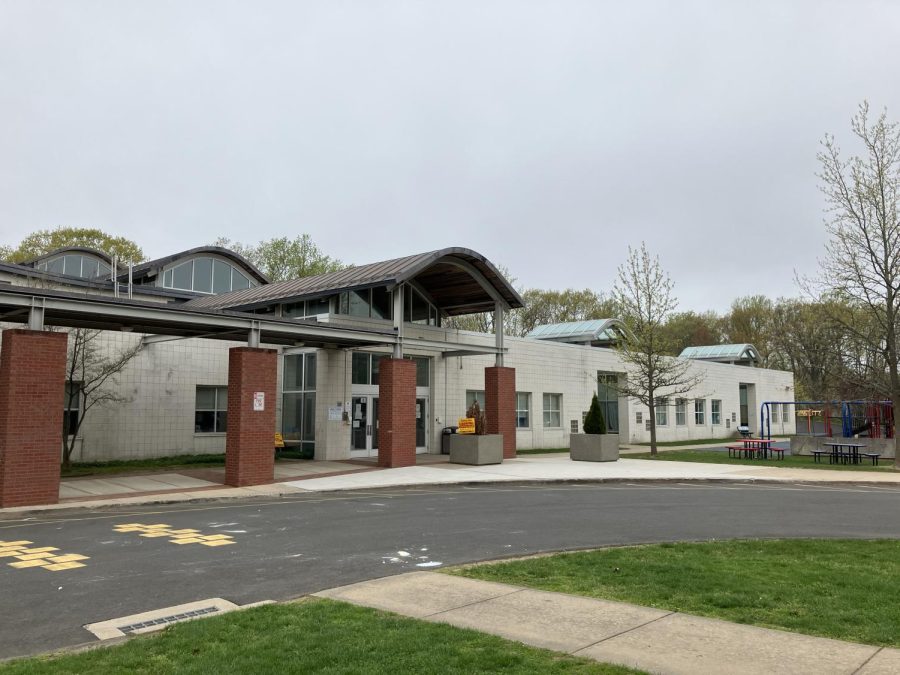What Fairfield’s Impending Elementary School Redistricting Could Mean for High Schoolers
May 7, 2023
 “Save one school. Save all schools. Save Dwight.”
“Save one school. Save all schools. Save Dwight.”
You may have seen these green signs that popped up around Fairfield last year, opposing the Board of Education’s possible closing of Dwight, one of the town’s 11 elementary schools. The closing of Dwight was mentioned as an option by the Board as part of the school redistricting plan, which would change the boundaries that determine which children go to which schools. But does redistricting really pose a threat to Dwight? Why is it being done? And what does it mean for high school students?
Connecticut state law defines a school as being ‘racially imbalanced’ when the proportion of students of color at that school is more than 25 percentage points different than the proportion of students of color in the district as a whole. Since 2007, McKinley Elementary School has fallen under that classification. Currently, McKinley’s student population is made up of around 56% students of color, compared to only 26% for the Fairfield school district as a whole.
Since McKinley was first determined to be out of balance in 2007, the Fairfield Board of Education has taken multiple actions to try to solve this problem, including allowing families to opt into and out of the school, starting Pre-K programs at other elementary schools, and increasing the number of Bridgeport students who can go to school in Fairfield through the Open Choice program.
However, not much progress has been made. The imbalance between McKinley and the district has stagnated since 2007, hitting a high of over 30% in the 2020-21 school year and coming in at over 29% in 2021-22.
Fairfield Public Schools has also said the redistricting should address the capacity of the elementary schools, another imbalanced statistic. Fairfield’s 11 elementary schools have uneven utilization rates (the number of students the school has versus the maximum number it could sustain), with some schools being at over 90% capacity while others are at or below 75% capacity. Dwight, the elementary school with the lowest utilization rate, is expected to decline to 65% capacity in the 2024-25 school year.
Redistricting of Fairfield’s elementary schools was first brought up in 2017, when the State Board of Education approved a plan from the town’s Board that included possible redistricting. Following renewed pressure by the State Board to make progress towards addressing the imbalance, the Fairfield Board adopted a plan in August of 2022 that officially set redistricting in motion.
Under the plan, the Fairfield Public Schools superintendent, the town Board of Education, and SLAM, an outside consulting firm, will work together to develop redistricting plans. A plan will be recommended to the full Board of Education no later than June 30, 2023.
According to the same timeline, the Board of Education will hold public forums before taking action on a proposed redistricting plan no later than Oct. 30 of this year. The chosen redistricting plan would then go into effect for the 2024-25 school year and onward.
Much about the redistricting plan is still up in the air, though, with the full impacts not known yet.
“It’s impossible to predict this [the impact] without seeing the new district maps. I am hoping that any changes will result in minimal disruption to our students. I recognize the importance of our school communities and the benefits they provide to our students and families,” said Carol Guernsey, a member of the Fairfield Board of Education.
Whether redistricting will have an impact on high schoolers is also not known. Changes made at the elementary school levels could impact the feeder patterns of middle and high schools. A student currently in middle or high school could have their elementary school changed, meaning that if they went through the public school system again, they would end up at a different middle school or even high school.
“For example, if a current 9th grader that was districted to Osborn Hill is redistricted to Jennings, which follows feeder patterns to Warde High School instead of Ludlowe High School, that student would have to switch high schools,” Guernsey noted.
It is unknown how this issue would be addressed, though. Switching students in middle and high schools would be likely the easiest path, but concerns have been raised about students having to adapt to a new school environment. These students could also be grandfathered in, meaning their assignment would not change, but future students would follow the adjusted lines. However, possible grandfathering would also require additional busing, which would be a cost that would have to be weighed along with the possible benefits of this policy.
“Parents of current 8th, 9th, and 10th graders should pay special attention to the issue of grandfathering at the high school level,” Guernsey claimed.
Jessica Gerber, another member of the Fairfield Board of Education, stressed the importance of the transparency of the redistricting process, citing the presentations and meetings that will happen once plans have been proposed. “All of the board members are taking it very seriously,” Gerber stated.
Gerber also acknowledged that redistricting is a large and sensitive step to be taking. “The last time there was a redistricting of this scope was 20 years ago,” she said, “so we want to try to do this right.”


